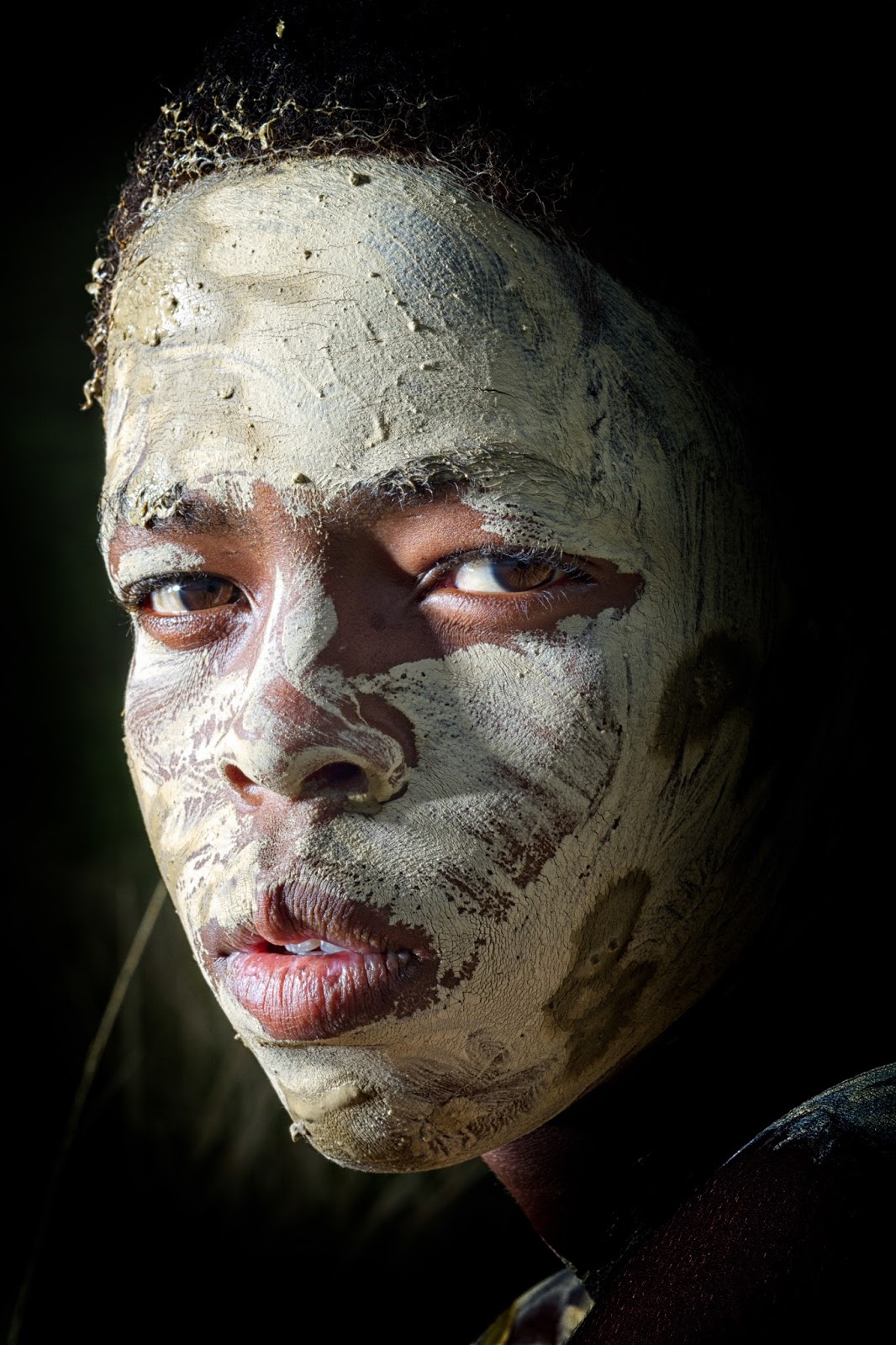Can
Traditional Xhosa Practice be Reshaped?
Traditional
Xhosa culture has been unveiled in the news a lot lately for two reasons;
Firstly, Nelson Mandela’s funeral. An unfortunate loss whereby all South
Africans shared in mourning the death of their beloved Madiba and great leader.
Secondly; the initiations in which young Xhosa boys have to endure. In December
2013, 41 boys lost their lives in an Initiation School, with many, many more
around South Africa.
For a
Xhosa boy to become a man he has to go through an extremely tough initiation
and the conditions are unbelievably bad, not to mention the
horrendous hygiene issue. They get together in groups where they are
taught about traditions and how to conduct oneself like a ‘proper’ (genuine)
Xhosa man. They are then circumcised and sent into the bush to fend for
themselves for an entire month! Circumcision is done with a blunt blade which
all the boys have to share. The mortality rate is exceedingly high, as you
can only imagine.
In Nelson
Mandela’s words (“The Long Walk To Freedom”) he explained when he experienced
the first part of his own initiation:
“When I
was sixteen, the regent decided that it was time that I became a man. In Xhosa
tradition, this is achieved through one means only: circumcision. In my
tradition, an uncircumcised male cannot be heir to his father's wealth, cannot
marry or officiate in tribal rituals. An uncircumcised Xhosa man is a
contradiction in terms, for he is not considered a man at all, but a boy. For
the Xhosa people, circumcision represents the formal incorporation of males
into society. It is not just a surgical procedure, but a lengthy and elaborate
ritual in preparation for manhood. As a Xhosa, I count my years as a man from
the date of my circumcision...It was a sacred time; I felt happy and fulfilled
taking part in my people's customs and ready to make the transition from
boyhood to manhood... At dawn, when the stars were still in the sky, we
began our preparations. We were escorted to the river to bathe in its cold
waters, a ritual that signified our purification before the ceremony. The
ceremony was at midday, and we were commanded to stand in a row in a clearing
some distance from the river where a crowd of parents and relatives, including
the regent, as well as a handful of chiefs and counsellors, had gathered. We were
clad only in our blankets and as the ceremony began, with drums pounding, we
were ordered to sit on a blanket on the ground with our legs spread out in
front of us. I was tense and anxious, uncertain of how I would react when the
critical moment came. Flinching or crying out was a sign of weakness and
stigmatized one's manhood. I was determined not to disgrace myself, the group
or my guardian. Circumcision is a trial of bravery and stoicism; no anaesthetic
is used; a man must suffer in silence. To the right, out of the corner of my
eye, I could see a thin, elderly man emerge from a tent and kneel in front of
the first boy. There was excitement in the crowd, and I shuddered slightly,
knowing that the ritual was about to begin. The old man was a famous Ingcibi,
a circumcision expert, from Gcalekaland, who would use his assegai (traditional
spear) to change
us from boys to men with a single blow.”
Fortunately,
there are a few villages where things are changing for the positive. In a small
village near Mawatseni, the village elders have decided to make a stand against
losing their children. They discussed the problem with a local hospital doctor
and local Sangoma (herbal healer). Their biggest complication was that they
would break tradition and would have to come up with an ingenious way of
solving this. In the end they managed to find a compromise that made the
community rejoice. The boys will gather in a group and the process will start
as normal; the local doctor will appear and do the circumcision with the
Sangoma present. They get covered in mud and receive a blanket to offer warmth
against the cold. The boys are then moved into a hut just outside the village
where they have to stay for a week, they are not allowed to make contact with
anybody during this time. Village elders will bring them food daily and they
will also be inspected by the hospital doctor and the Sangoma for any signs of
infection. After the week is complete, they will go into the bush and stay
there for three weeks. In this time they have to survive on whatever they can
find to eat and shelter themselves with. Fortunately they are great fishermen
and hunters!
At the
end of the trial not a single boy died or even got sick! They have now gone
through two of the revolution Initiation Schools with a clean record.
The local
government is also getting involved to endeavour to change the other
schools, and follow these villages’ lead.
Unfortunately,
more illegal Initiation Schools remain and recently, where 41 boys sadly lost
their lives.










0 comments:
Post a Comment